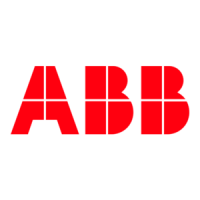What to do if ABB Industrial Equipment rotating parts are rubbing?
- SSusan CastroSep 14, 2025
If you suspect rubbing of rotating parts in your ABB Industrial Equipment, and you have any doubt about the extent of rubbing, then an ABB Turbocharging Service Station must be contacted.


